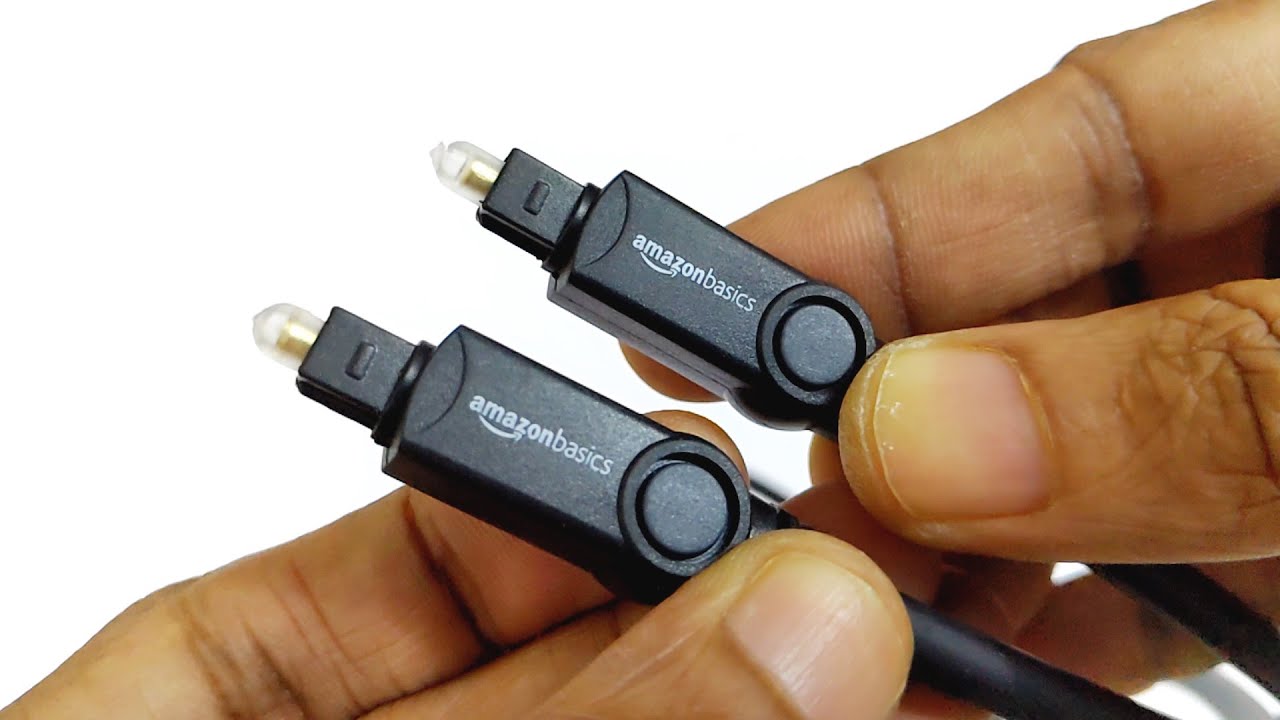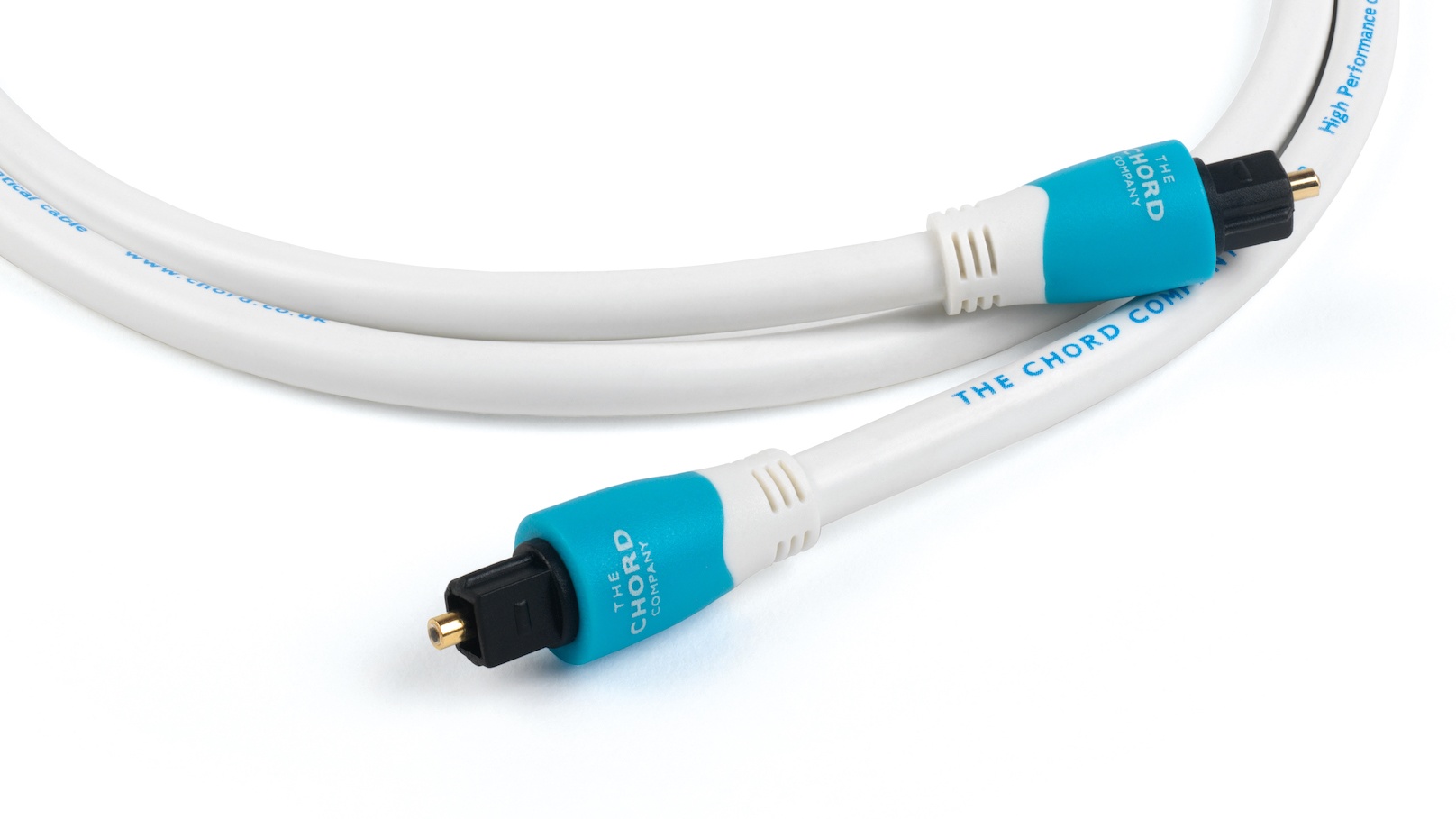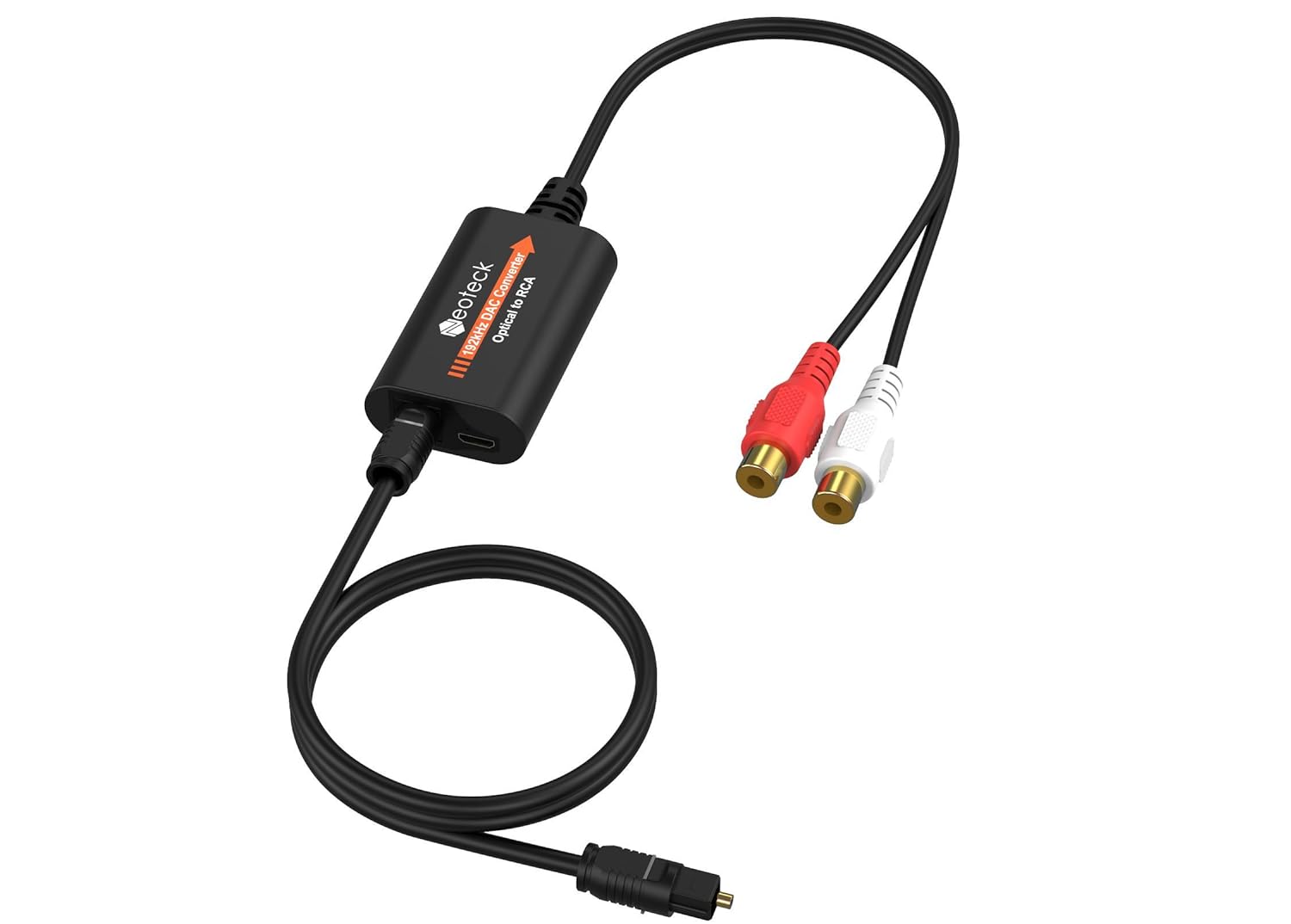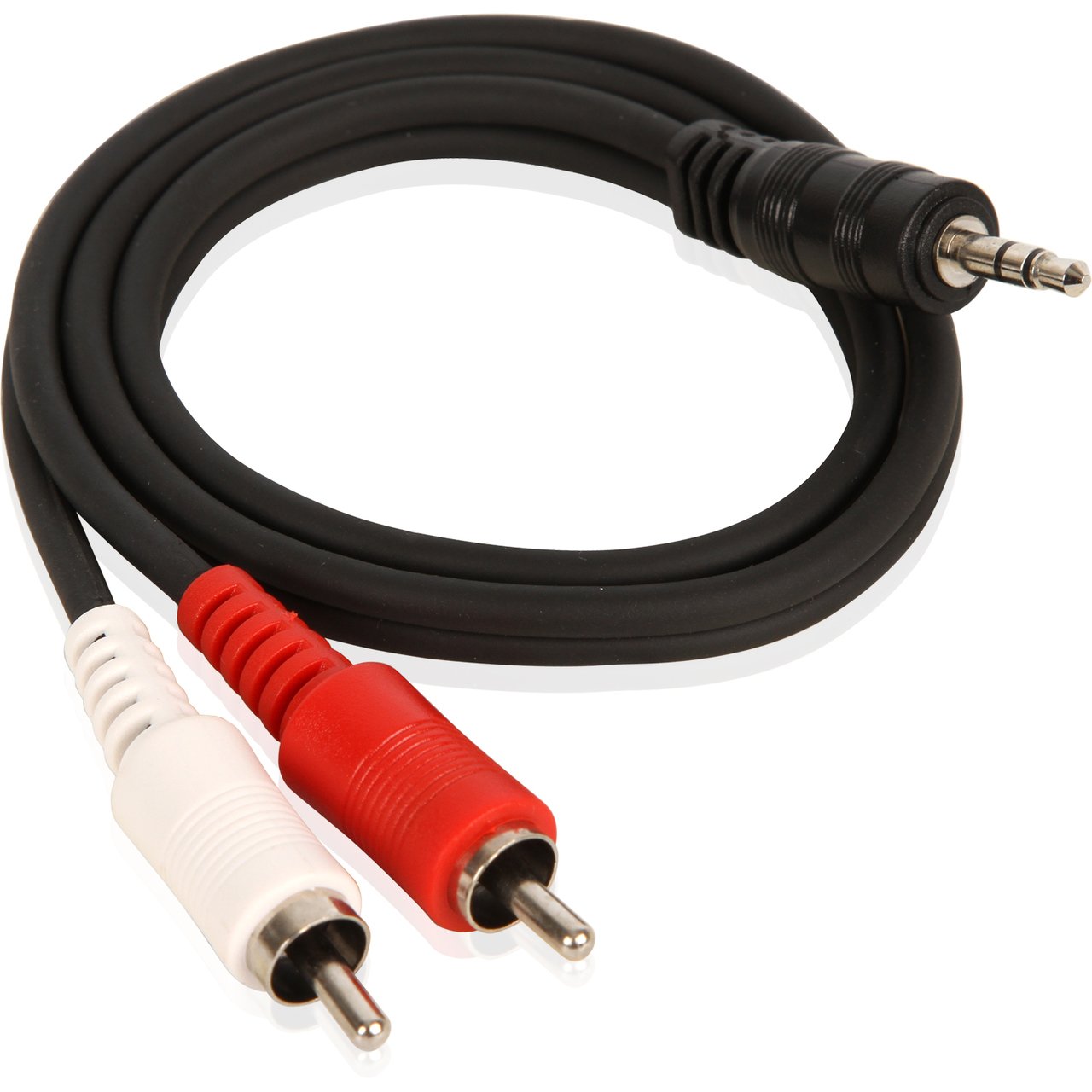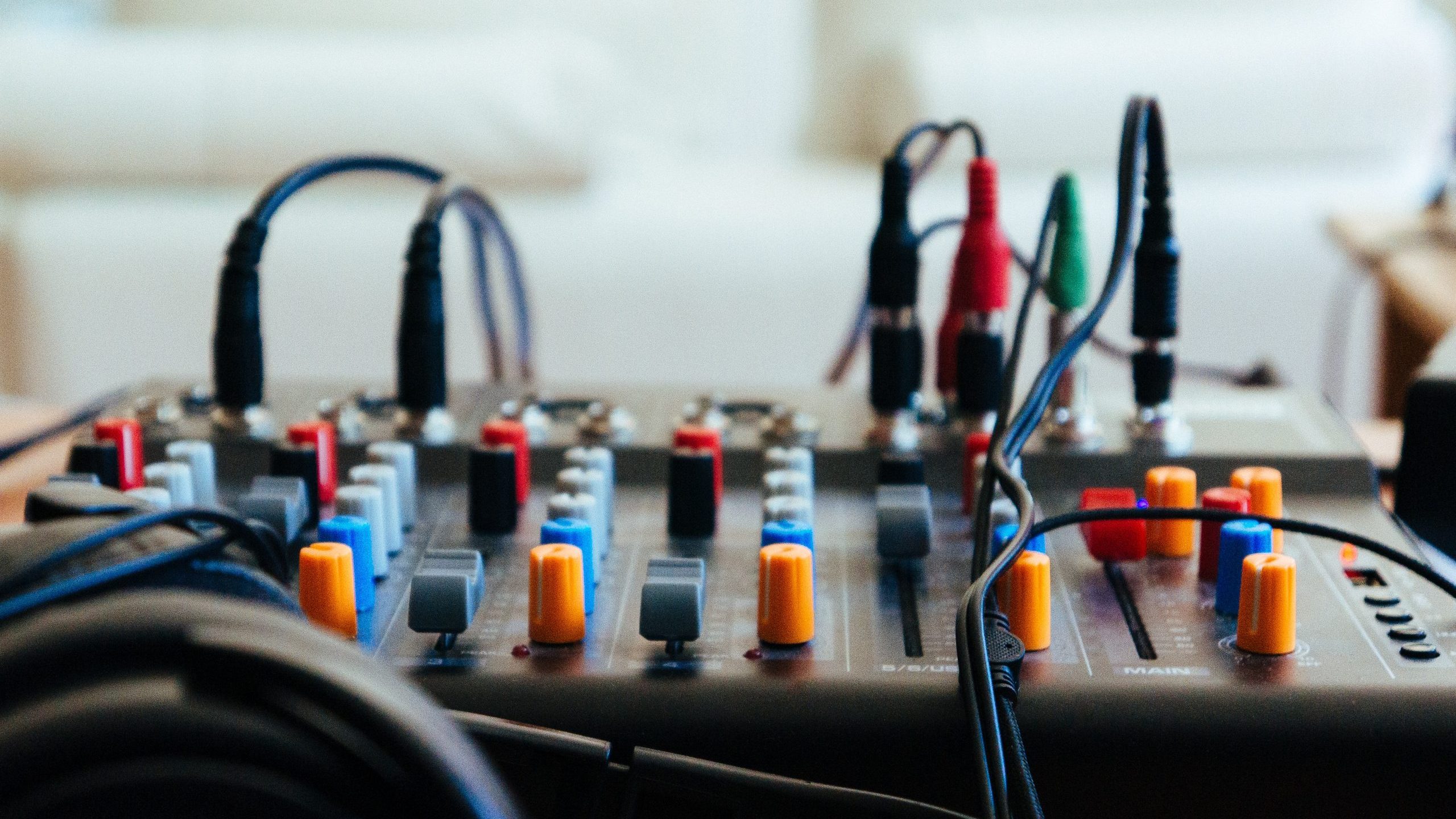Home>Production & Technology>Audio Cable>What To Look For When Buying Optical Audio Cable
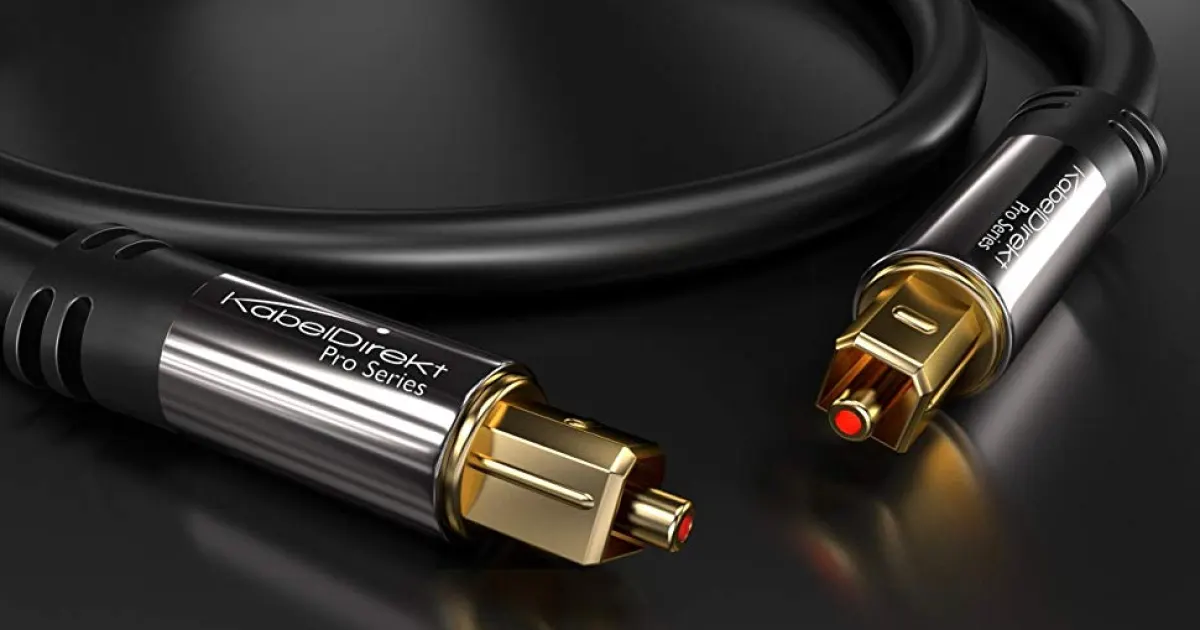

Audio Cable
What To Look For When Buying Optical Audio Cable
Published: December 20, 2023
Looking to buy an audio cable? Find out what to look for when purchasing an optical audio cable to ensure high-quality sound transmission and compatibility with your devices.
(Many of the links in this article redirect to a specific reviewed product. Your purchase of these products through affiliate links helps to generate commission for AudioLover.com, at no extra cost. Learn more)
Table of Contents
Introduction
When it comes to achieving high-quality audio, having the right cables is essential. An optical audio cable, also known as a TOSLINK cable, is designed to transmit digital audio signals without any loss in quality. Whether you’re a music enthusiast or a home theater aficionado, investing in a good optical audio cable can greatly enhance your audio experience.
In this article, we will explore the key factors to consider when buying an optical audio cable. Understanding these factors will help you make an informed decision and choose the best cable that suits your needs.
Before diving into the details, it’s important to note that optical audio cables are primarily used for transmitting digital audio signals between audio devices. They are commonly found in home theater setups, soundbars, gaming consoles, and audio interfaces.
So, let’s take a closer look at the aspects you need to consider when selecting an optical audio cable.
Compatibility
One of the first things to consider when buying an optical audio cable is compatibility. You want to make sure that the cable you choose is compatible with the devices you intend to connect.
Most modern audio devices, such as TVs, soundbars, and gaming consoles, come equipped with an optical audio output or input. However, it’s still crucial to check the specifications of your devices to ensure they have an optical audio port.
Additionally, you should consider the type of optical audio connector required for your devices. There are two main types: TOSLINK and Mini-TOSLINK. TOSLINK connectors are the standard size, while Mini-TOSLINK connectors are smaller and often found in devices like laptops and portable audio players. Make sure to choose a cable with the appropriate connector for your devices.
Another important compatibility factor to consider is the audio formats supported by your devices. Some cables may support basic stereo audio, while others are capable of transmitting high-resolution audio formats like Dolby Digital and DTS. Check the specifications of your devices and choose a cable that supports the audio formats you require.
Lastly, consider the length of the cable you need for your setup. Optical audio cables are available in various lengths, ranging from a few feet to several meters. Measure the distance between your audio devices and choose a cable that is long enough to connect them without straining or stretching the cable.
In summary, ensure that the optical audio cable you choose is compatible with your devices, supports the required audio formats, and is the appropriate length for your setup. This way, you can ensure a seamless and hassle-free audio connection.
Cable Length
The length of the optical audio cable is an important consideration when making your purchase. It’s crucial to choose a cable that is long enough to reach between your audio devices without straining or stretching the cable excessively.
When measuring the distance between your devices, consider the layout of your setup and any potential obstacles. Measure the most direct path from the audio output to the input, taking into account any bends or twists required to avoid furniture or other objects.
It’s generally recommended to choose a cable that is slightly longer than the measured distance. This provides some flexibility in case you need to adjust or reposition your devices in the future. However, avoid choosing a cable that is excessively long, as this can lead to signal loss and interference.
If you’re unsure about the required length, it’s better to opt for a slightly longer cable and manage any excess length by neatly coiling or securing it. Excess cable length can be tucked away behind furniture or using cable management solutions to maintain a clean and organized setup.
Additionally, consider the quality of the cable when it comes to longer lengths. Longer cables may introduce more signal loss and interference, especially if they are not well-made or shielded. Look for cable options that are specifically designed for longer distances, as they often incorporate better shielding and construction to ensure optimal audio transmission.
In summary, choose an optical audio cable that is long enough to connect your devices comfortably, taking into account the layout of your setup and any potential obstacles. Opt for slightly longer cables if you’re unsure about the exact length needed, and consider the quality of the cable for longer distances to minimize signal loss and interference.
Cable Material
The material used in the construction of the optical audio cable plays a crucial role in its durability and overall performance. It’s important to choose a cable that is made with high-quality materials to ensure reliable and long-lasting usage.
One of the key components to consider is the quality of the fiber optic core. Look for a cable that uses high-grade optical fibers, such as high-purity synthetic fibers or even glass fibers. These materials help to minimize signal loss and provide better clarity in audio transmission.
In addition to the fiber optic core, the outer jacket of the cable should also be of good quality. A durable and flexible jacket material, such as PVC or TPE (thermoplastic elastomer), helps to protect the inner components of the cable from damage and provides longevity.
Another important aspect to consider is the connectors at the ends of the cable. Look for connectors that are made with high-quality materials like gold-plated connectors. Gold-plated connectors offer better conductivity and corrosion resistance, ensuring a reliable and stable connection between devices.
Furthermore, it’s worth considering the shielding of the cable. Shielding helps to protect the audio signal from electromagnetic interference (EMI) and radio frequency interference (RFI). Look for cables that have multiple layers of shielding, such as aluminum foil and braided shieldings, to minimize noise and maintain a clean audio signal.
Lastly, cable management features should also be taken into account. Some cables may have additional features like nylon braiding or Velcro straps to help keep the cable neatly organized and prevent tangling. These features can be particularly useful if you frequently move or reposition your audio devices.
In summary, pay attention to the quality of the materials used in the construction of the optical audio cable. Look for high-grade fibers, durable outer jackets, gold-plated connectors, and adequate shielding to ensure optimal performance and durability. Additional cable management features can also be a bonus for ease of use and maintenance.
Connector Type
When buying an optical audio cable, considering the connector type is crucial to ensure compatibility with your audio devices. There are primarily two types of connectors used in optical audio cables: TOSLINK and Mini-TOSLINK.
The TOSLINK connector is the standard size and is commonly found on devices such as televisions, soundbars, and home theater systems. It consists of a square-shaped connector with a round center pin. When selecting a cable with a TOSLINK connector, ensure that the connector is snugly fitted to provide a secure and reliable connection.
On the other hand, Mini-TOSLINK connectors are smaller in size and are often found in portable devices such as laptops, tablets, and some audio players. These connectors are more compact and feature a 3.5mm or 2.5mm diameter plug, similar to a headphone jack. When choosing a cable with a Mini-TOSLINK connector, ensure that it is compatible with your specific device’s port size.
It’s worth noting that adapters are available to convert between TOSLINK and Mini-TOSLINK connectors, allowing you to connect devices with different connector types. However, using adapters may introduce slight signal loss or degradation, so it’s best to use a cable with the appropriate connector for your devices whenever possible.
In addition to the connector type, consider the quality of the connectors themselves. Look for cables that have gold-plated connectors. The gold plating offers better conductivity and corrosion resistance, ensuring a reliable and stable audio connection.
Overall, when selecting an optical audio cable, ensure that the connector type matches the ports on your audio devices. Choose cables with high-quality connectors, and opt for direct connections whenever possible to ensure the best audio performance.
Audio Quality
When investing in an optical audio cable, it’s crucial to consider the audio quality it can deliver. The cable’s ability to transmit the audio signal without any loss or degradation is essential for achieving a high-quality audio experience.
First and foremost, look for cables that support the audio formats you require. Most optical audio cables can transmit standard stereo audio. However, if you plan to use advanced audio formats like Dolby Digital or DTS, ensure that the cable is capable of handling these formats. This information is usually specified in the cable’s product description or packaging.
Another aspect to consider is the cable’s ability to minimize signal loss. Look for cables that offer low attenuation, meaning that the signal strength remains unchanged throughout the length of the cable. This ensures that the audio signal reaches your audio device with the same level of clarity and accuracy as the source.
In addition, cables with robust shielding are important for maintaining audio quality. The shielding minimizes electromagnetic interference (EMI) and radio frequency interference (RFI) that can degrade the audio signal. Look for cables with multiple layers of shielding, such as aluminum foil and braided shielding, to ensure optimal audio transmission.
Furthermore, the overall construction and quality of the cable also contribute to audio fidelity. Choose cables made with high-quality materials, such as high-grade optical fibers, a durable outer jacket, and gold-plated connectors. These components help to minimize signal loss and provide a clean and accurate audio signal.
Lastly, consider customer reviews and ratings to get an idea of the audio quality provided by a specific cable. Real-world experiences from other users can give you valuable insights into the performance and reliability of the cable in delivering high-quality audio.
In summary, prioritize cables that support the audio formats you require and offer low attenuation for minimal signal loss. Look for cables with robust shielding and high-quality construction materials to ensure accurate and clean audio transmission. Additionally, consider customer reviews to gauge the audio quality provided by a particular cable.
Shielding
Shielding is a crucial aspect to consider when purchasing an optical audio cable. It plays a significant role in minimizing electromagnetic interference (EMI) and radio frequency interference (RFI), which can degrade the audio signal and introduce unwanted noise.
When it comes to shielding, there are different types and levels of protection available. Look for cables that have multiple layers of shielding, as this provides better defense against external interference. A common type of shielding used in optical audio cables is aluminum foil shielding, which helps prevent outside signals from interfering with the audio transmission.
Another type of shielding that enhances protection is braided shielding. Braided shielding consists of a mesh of metal wires that surround the inner core of the cable. This provides further protection against electromagnetic interference and helps to maintain signal integrity.
It’s worth noting that some cables may have additional features like ferrite beads or filters. These components further suppress interference and improve the overall performance of the cable by minimizing signal loss.
When it comes to shielding effectiveness, it’s important to strike a balance. While excessive shielding may seem beneficial, it can also make the cable thicker and less flexible. Additionally, too much shielding can increase the cost of the cable. Therefore, it’s recommended to choose a cable with adequate shielding that balances performance and practicality.
Additionally, be mindful of the environment in which you plan to use the cable. If you have multiple electronic devices in close proximity, there may be a higher chance of interference. In such cases, investing in a cable with enhanced shielding can help to mitigate any potential interference and preserve the audio quality.
In summary, choose an optical audio cable with adequate shielding to minimize interference and preserve audio quality. Look for cables with multiple layers of shielding, such as aluminum foil and braided shielding. Consider any additional features like ferrite beads or filters for better noise reduction. Keep in mind your specific environment and the need for enhanced shielding if there are multiple electronic devices nearby.
Price
When it comes to purchasing an optical audio cable, price is an important consideration for many consumers. While it’s tempting to go for the cheapest option available, it’s essential to strike a balance between price and quality.
Optical audio cables are available in a wide range of prices, and the cost can vary based on factors such as brand, build quality, length, and additional features. Keep in mind that a higher price does not always guarantee better performance, but extremely cheap cables may lack necessary features and durability.
It’s important to consider the specific needs of your setup and select a cable that meets those requirements without overspending. If you are connecting high-end audio devices or require advanced audio formats, investing in a higher-quality cable may be worth it to ensure optimal audio performance.
On the other hand, if you have a basic audio setup or are connecting budget-friendly devices, there is no need to spend a significant amount on an expensive cable. Look for cables that offer a good balance between price and quality, focusing on the key factors mentioned earlier, such as compatibility, cable length, build material, and shielding.
Furthermore, it’s a good practice to read customer reviews and ratings to get an idea of the overall satisfaction and performance of a particular cable. These reviews can help you make an informed decision and potentially save money by avoiding cables with a lackluster reputation.
Lastly, keep an eye out for warranties or guarantees offered by the manufacturer. A reputable company will often provide a warranty to ensure customer satisfaction and product reliability. This can provide peace of mind and protection against any potential defects or issues that may arise.
In summary, consider the price of an optical audio cable in relation to its quality and your specific needs. Avoid excessively cheap cables that may lack necessary features or durability. Look for a balance between price and quality, focusing on compatibility, cable length, materials, shielding, and customer reviews. Additionally, consider the warranty provided by the manufacturer to ensure product reliability.
Conclusion
Choosing the right optical audio cable is essential for achieving the best audio experience. By considering key factors such as compatibility, cable length, cable material, connector type, audio quality, shielding, and price, you can make an informed decision that meets your specific needs.
Ensure that the cable is compatible with your audio devices and supports the necessary audio formats. Consider the length of the cable, keeping in mind the layout of your setup and any potential obstacles.
Pay attention to the cable material, including the quality of the fiber optic core, the durability of the outer jacket, and the reliability of the connectors. Adequate shielding is important to minimize electromagnetic and radio frequency interference, preserving the audio signal’s integrity and preventing noise.
While price is a consideration, aim for a good balance between price and quality. Avoid excessively cheap cables that may compromise performance, but also be cautious of overpaying for unnecessary features.
In conclusion, take the time to research and assess your specific requirements before purchasing an optical audio cable. When you find a cable that meets your needs for compatibility, length, material, connector type, audio quality, shielding, and price, you can enjoy a seamless and enhanced audio experience in your home theater or audio system.


